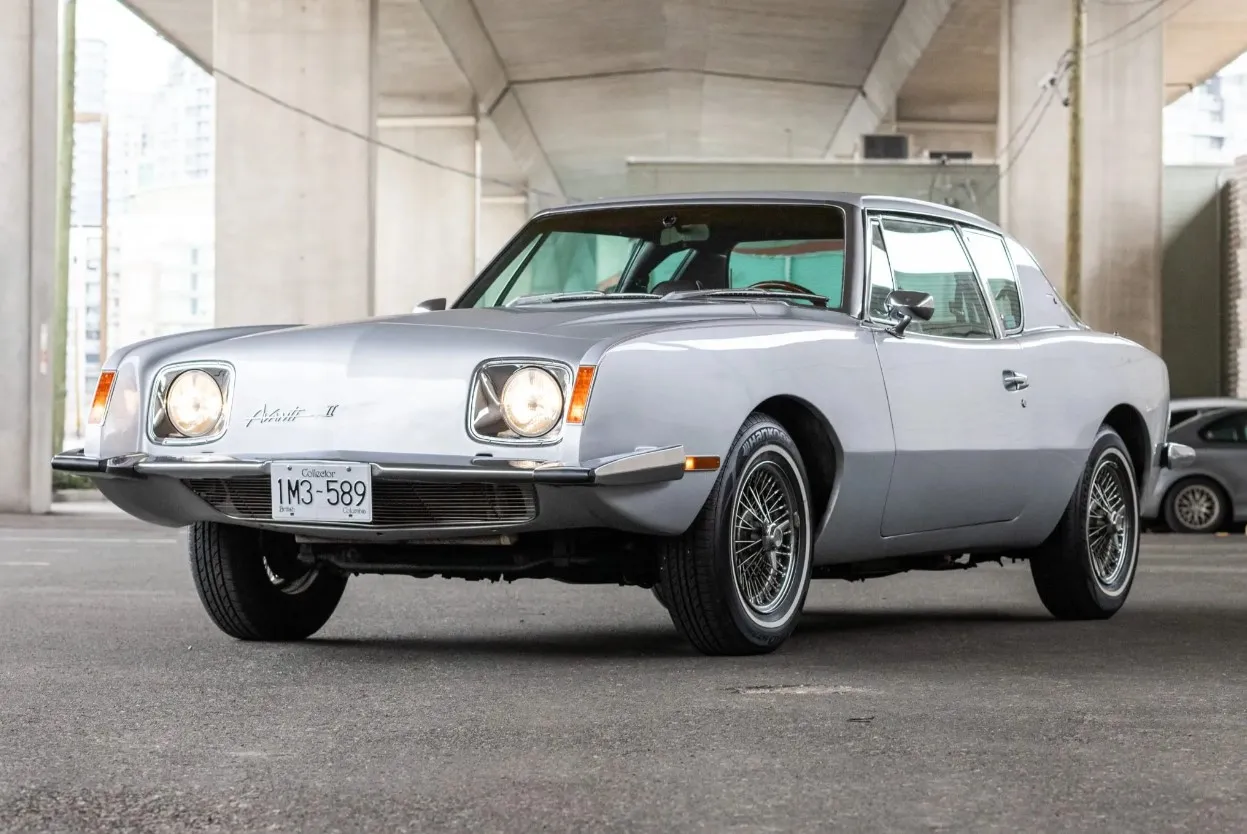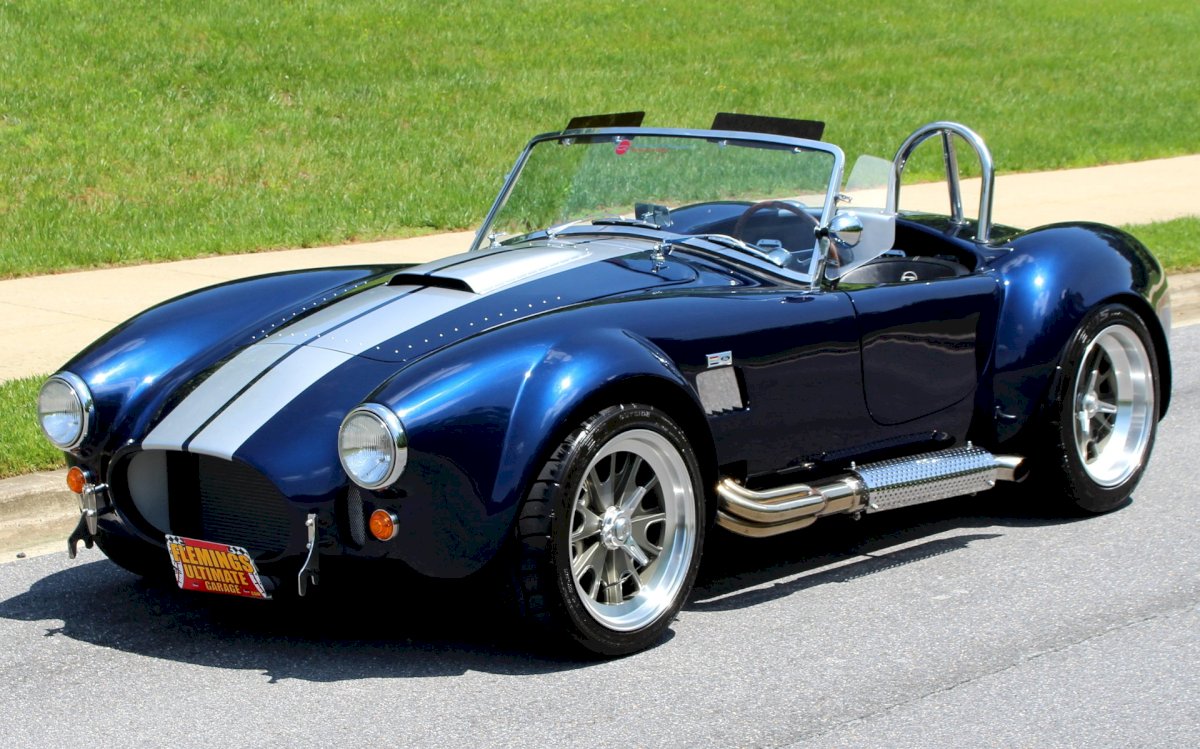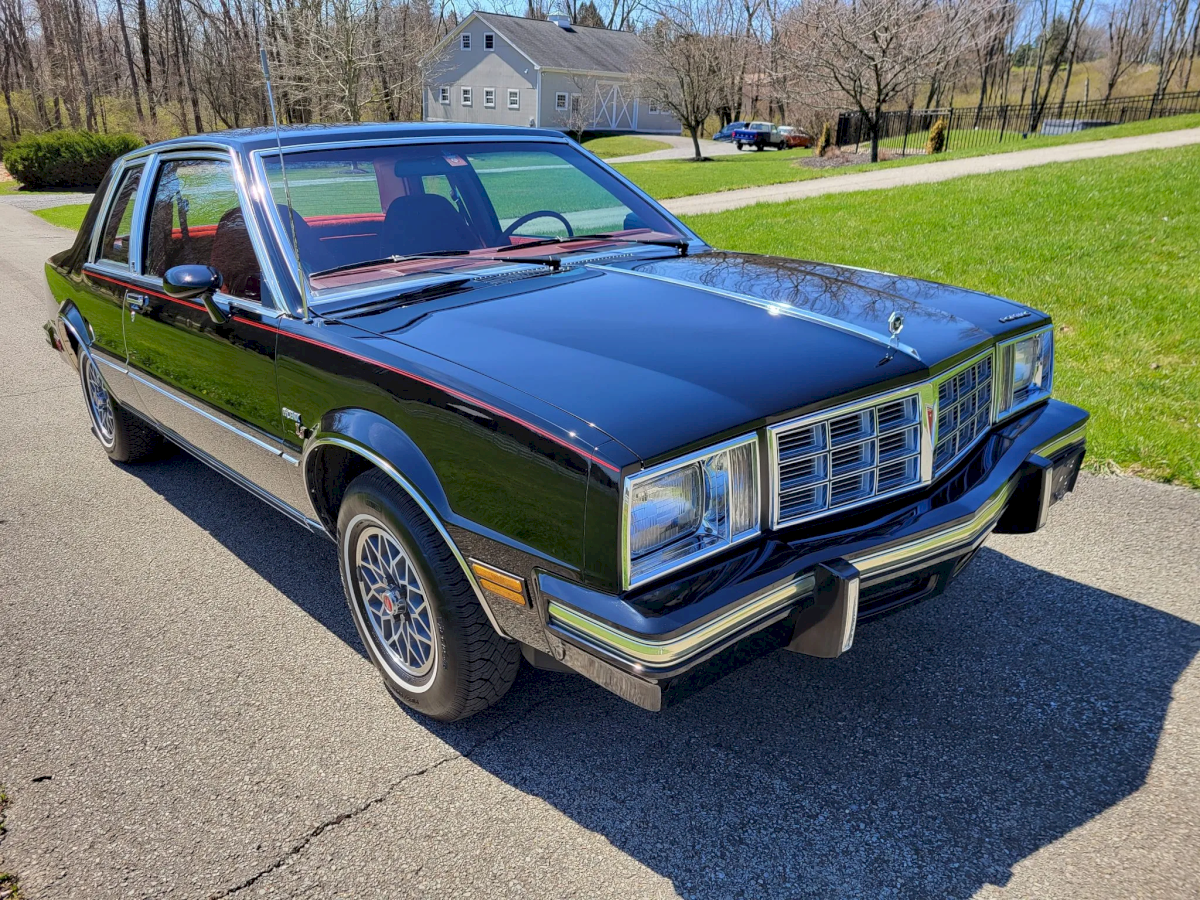The year 1974 marked a period of significant transformation for the American automotive industry, influenced by changing regulations, consumer preferences, and economic factors. In the midst of this evolution, the 1974 Plymouth Barracuda stood as a testament to the resilience of the muscle car legacy. While facing challenges brought on by emissions standards and oil crises, the Barracuda continued to embody performance, style, and a distinctively American spirit. This article explores the unique characteristics and historical significance of the 1974 Plymouth Barracuda.
Design Evolution
The 1974 Barracuda represented the culmination of the third generation of this iconic model, which had undergone a substantial design evolution since its debut in the 1960s. The Barracuda had shifted from its earlier compact car roots to become a more muscular and assertive presence on the road.
The design of the 1974 Barracuda reflected the stylistic trends of the era. While retaining some of the classic muscle car features, such as a long hood and short deck, the '74 model incorporated more squared-off lines and a slightly bulkier appearance compared to its predecessors. The front end featured a prominent grille flanked by rectangular headlights, and the rear boasted a distinctive set of taillights that echoed the design language of the time.
Emphasis on Luxury
One notable shift in the 1974 Barracuda was a greater emphasis on luxury and comfort. As the automotive landscape responded to changing consumer demands, manufacturers sought to cater to drivers seeking both performance and a more refined driving experience. The Barracuda, traditionally associated with raw power, evolved to offer a more comfortable and feature-rich interior.
The '74 Barracuda featured upgraded interiors with high-back bucket seats, plush carpeting, and an array of optional features, including air conditioning, power windows, and an AM/FM stereo. This transition towards a more luxurious driving experience marked a departure from the minimalist interiors of earlier muscle cars, reflecting the changing tastes of consumers in the 1970s.
Challenges and Performance Adjustments
The 1974 model year presented unique challenges for muscle cars, particularly in the form of increasingly stringent emissions standards and fuel efficiency concerns spurred by the oil crisis. These challenges forced manufacturers to reevaluate their approach to performance.
Under the hood, the Barracuda underwent adjustments to comply with emissions regulations. The 1974 models were offered with a range of engine options, including the 318 cubic inch V8 and the more powerful 360 cubic inch V8. While these engines still provided a respectable level of performance, they were detuned compared to their predecessors to meet emission standards. This compromise between power and emissions compliance was a common theme across the muscle car landscape in the mid-1970s.
Styling Innovations
Despite the challenges faced by the industry, the 1974 Barracuda managed to introduce some styling innovations that set it apart. The car was available in multiple body styles, including the coupe and the more performance-oriented 'Cuda variant. The 'Cuda featured bold graphics, distinctive hood designs, and optional spoilers, appealing to drivers who sought a more aggressive appearance.
One notable styling innovation was the availability of the Billboard graphics package. This option allowed buyers to adorn their Barracuda with attention-grabbing graphics on the sides and rear of the car. The graphics varied in design and color, allowing for a degree of personalization that spoke to the individualistic spirit of the muscle car era.
Limited Production and Rarity
The 1974 Plymouth Barracuda's production numbers were limited compared to earlier years, partially due to the challenges faced by the industry. This limited production has contributed to the rarity and desirability of the '74 Barracuda among collectors today. Enthusiasts appreciate the unique characteristics of this model, recognizing it as a bridge between the classic muscle car era and the changing automotive landscape of the 1970s.
Legacy and Influence
While the 1974 Plymouth Barracuda faced challenges that marked the beginning of a shift in the muscle car paradigm, its legacy endures as a representative of a transitional period in automotive history. The Barracuda's ability to adapt to changing regulations and consumer demands showcased the resilience of the muscle car spirit.
The influence of the Barracuda is also evident in its impact on subsequent generations of performance cars. The lessons learned during the mid-1970s, particularly regarding emissions control and fuel efficiency, influenced the design and engineering of future muscle cars. The '74 Barracuda, despite its challenges, played a role in shaping the trajectory of the performance car landscape.
Modern Resurgence and Collectibility
The rarity and unique features of the 1974 Plymouth Barracuda have contributed to its resurgence in popularity among collectors and enthusiasts. As the appreciation for classic muscle cars continues to grow, the '74 Barracuda occupies a special place in the hearts of those who value its historical significance and distinctive design.
Restoration projects and meticulously preserved examples of the 1974 Barracuda have become sought-after commodities. Enthusiasts appreciate the opportunity to own a piece of automotive history that represents a pivotal moment in the evolution of muscle cars. The limited production numbers and the model's connection to a transformative period in the industry contribute to its collectibility.
Conclusion
The 1974 Plymouth Barracuda, navigating the turbulent waters of change in the mid-1970s, stands as a symbol of resilience and adaptation. While the challenges of emissions standards and fuel efficiency were formidable, the Barracuda continued to embody the essence of American muscle cars, albeit in a shifting landscape. Its unique design, emphasis on luxury, and contributions to the evolution of performance cars make the '74 Barracuda a noteworthy chapter in the storied history of muscle cars. As enthusiasts continue to appreciate the classic lines and enduring spirit of the 1974 Plymouth Barracuda, it remains an icon that straddles the line between the past and the future of high-performance automobiles.


